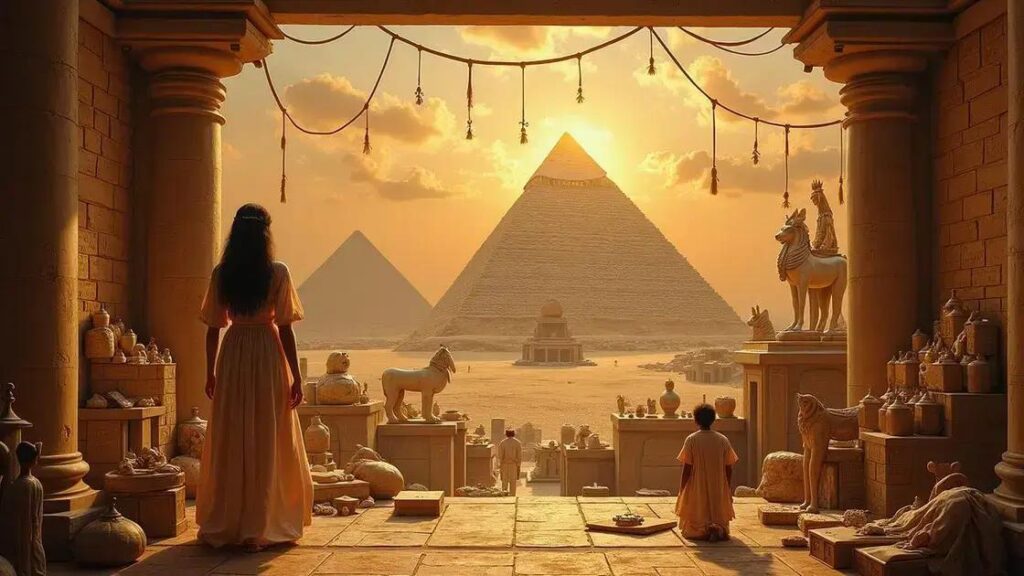The tricks of the Egyptian Pharaohs encompassed methods to create illusions of power and divinity, often through monumental architecture and elaborate rituals, while modern interpretations mix history with myth, leading to scams and various cultural representations.
Have you ever wondered if the Trick of the Egyptian Pharaohs is a scam? These ancient mysteries have captivated minds for centuries, leaving many curious about their authenticity. In this article, we will dive deep into the historical context, uncover the myths associated with these tricks, and explore the modern interpretations of what may be mere scams. Get ready to uncover the truths and perceptions surrounding one of history’s greatest enigmas!
Understanding the Trick of the Pharaohs
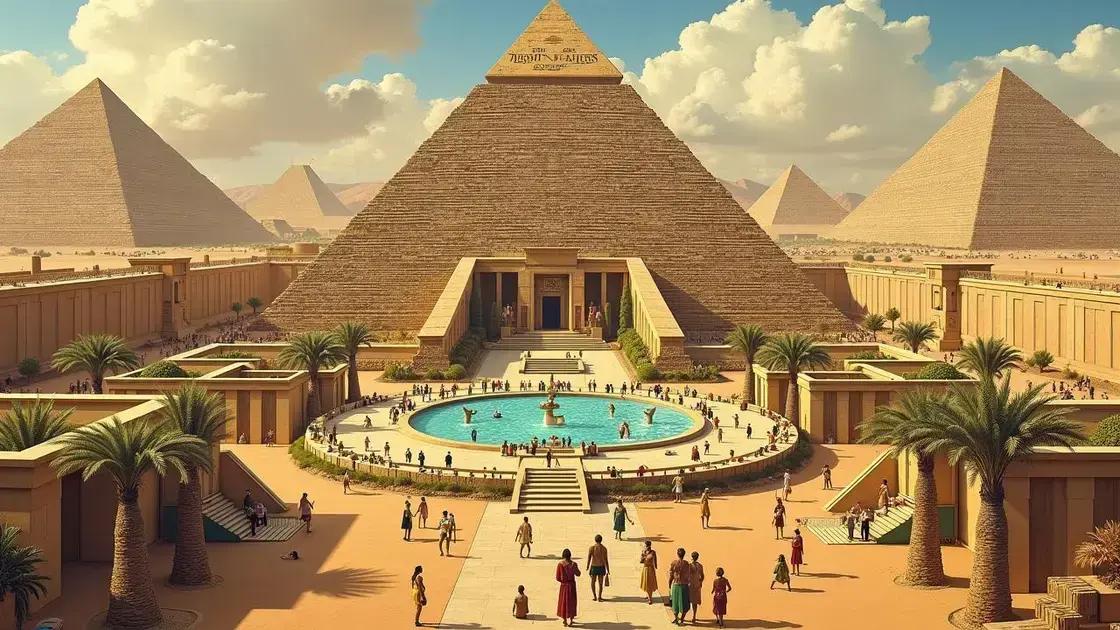
The Trick of the Egyptian Pharaohs has long fascinated historians and enthusiasts alike. This refers to the various intrigues and illusions crafted by the Pharaohs to uphold their power and mystique. Many believe these tricks involved advanced knowledge of mathematics, astronomy, and engineering to create monumental structures, like the pyramids, which seemed almost magical to onlookers.
Illusions and Engineering Wonders
One aspect of this trickery involved the construction techniques used in ancient Egypt. The Pharaohs leveraged their understanding of lever and pulley systems to raise massive stone blocks, creating awe-inspiring monuments. These feats were not merely examples of brute strength but rather displayed a profound understanding of physics and mathematics.
Religious Significance
Moreover, much of the trickery was tied to religion and the divine status of the Pharaohs. People believed the Pharaohs were gods on Earth. Thus, the tricks they performed were meant to reinforce their power and connection to the divine. Rituals and elaborate ceremonies often added to this mystique. Great spectacles were designed to demonstrate their influence and impress onlookers.
Legacy of the Tricks
Today, these tricks have evolved into myths surrounding ancient Egypt. Many stories adapt and grow, altering perceptions of historical events. The fascination with how the Pharaohs were able to command such loyalty and awe continues to inspire countless books, films, and documentaries.
Understanding the Trick of the Pharaohs is crucial for piecing together the cultural and historical contexts of ancient Egypt. As we explore these mysteries further, we can see that what seems like trickery often holds deeper meanings about power, belief, and human ingenuity.
Historical Context of the Egyptian Pharaohs
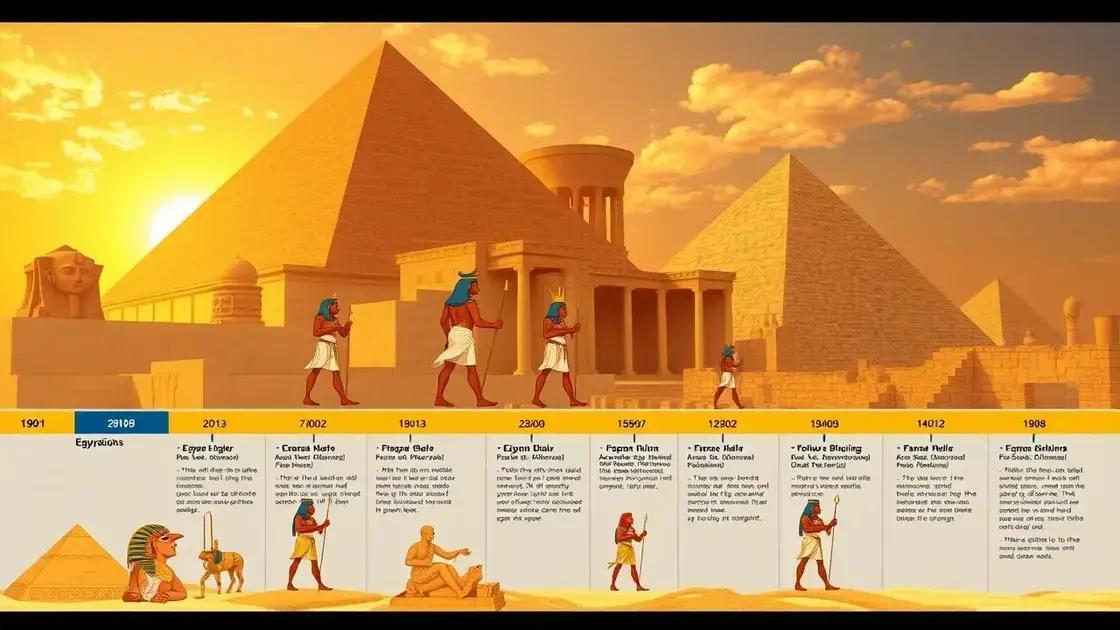
The historical context of the Egyptian Pharaohs spans thousands of years, rich with culture and significant achievements. Pharaohs were not just rulers; they served as the bridge between gods and people. This divine role allowed them to command absolute authority.
The Early Dynastic Period
The history of the Pharaohs began around 3100 BC, during the Early Dynastic Period. During this time, the first Pharaohs united Upper and Lower Egypt. Narmer, also known as Menes, is credited with this important achievement, marking the start of the ancient Egyptian civilization.
Societal Structure
Pharaohs ruled within a complex societal structure. They were supported by a hierarchy of officials, priests, and different classes of workers. These individuals helped maintain order and collect taxes, which funded monumental building projects and temples dedicated to the gods.
Religion’s Role
Religion played a crucial part in establishing the Pharaohs’ legitimacy. They were viewed as gods themselves or as chosen representatives of the gods on Earth. Temples were built as places of worship, and elaborate burial practices were developed to ensure a safe passage into the afterlife.
Contributions to Civilization
Throughout their reigns, Pharaohs made significant contributions to art, science, and architecture. They commissioned impressive structures like pyramids, which symbolize their power and the belief in an afterlife. These contributions helped Egypt flourish and remain relevant in historical discussions today.
Scams and Myths Associated with Ancient Egypt
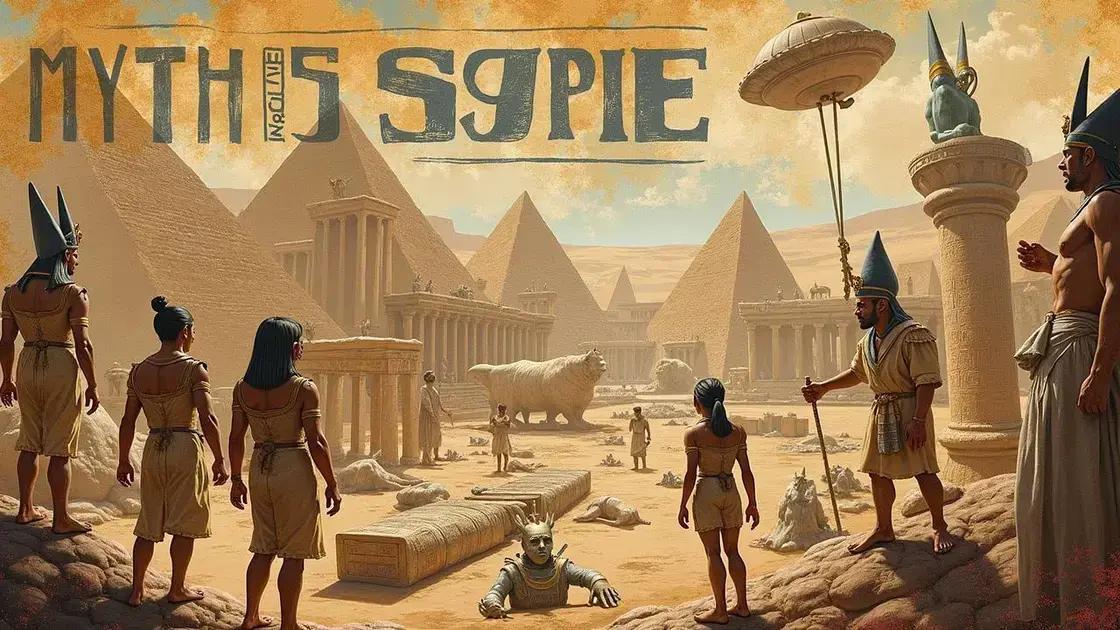
Ancient Egypt is surrounded by numerous scams and myths that continue to captivate the imagination of people worldwide. These myths often stem from misunderstandings or exaggerations of the facts. While the grandeur of the Pharaohs is well-documented, several stories have emerged that blur the lines of reality.
Myth of the Curse of the Pharaohs
One of the most famous myths is the “Curse of the Pharaohs.” This tale suggests that anyone who disturbs a Pharaoh’s tomb will face dire consequences. This idea gained momentum after the discovery of King Tutankhamun’s tomb. However, many archaeologists believe this curse was fabricated to explain the mishaps that occurred during expeditions.
Scams in Modern Times
In contemporary times, scams have emerged related to Egyptian antiquities. Some people sell fake artifacts while claiming they are genuine treasures from ancient Egypt. Others set up tours that promise visits to legendary sites not actually linked to Egyptian history. These scams take advantage of tourists’ fascination with ancient Egypt.
Theories About the Pyramids
There are various myths surrounding the construction of the pyramids. Some claim they were built by aliens or use advanced technology. In reality, these structures were created through human ingenuity and labor. The workers utilized simple tools along with their knowledge of engineering to accomplish this remarkable feat.
Exaggerated Cultural Practices
Many myths also exaggerate cultural practices related to mummification and rituals. For example, some believe that all ancient Egyptians practiced intricate rituals for every aspect of life. While they did have significant rituals, not every Egyptian followed the same practices. Factors such as social status and location influenced these traditions.
Evaluating the Modern Interpretations of These Tricks
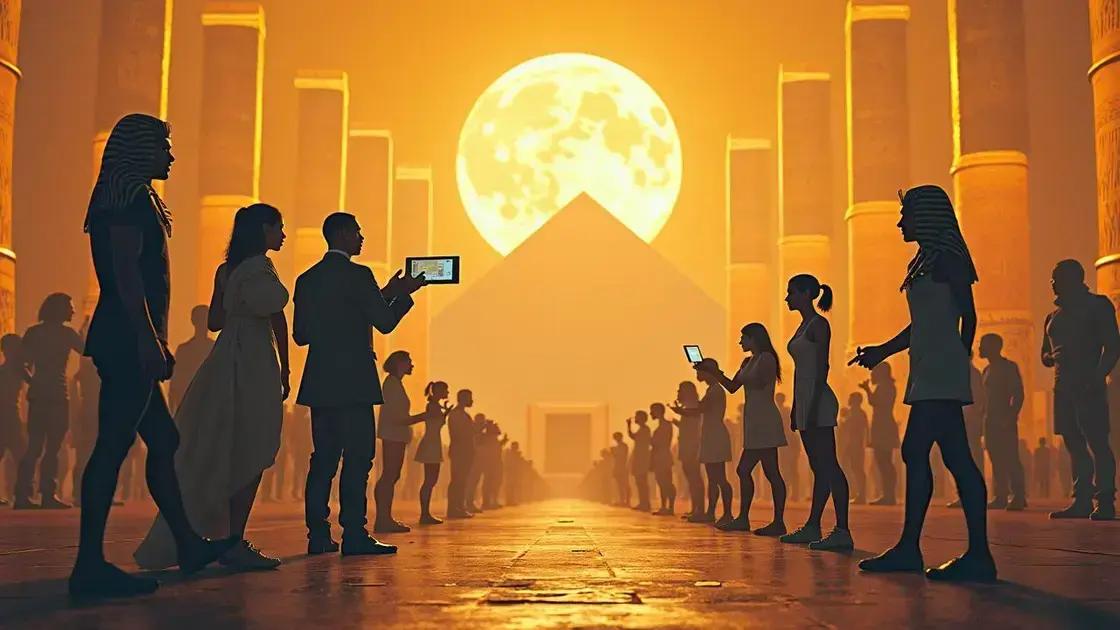
Modern interpretations of the tricks associated with the Egyptian Pharaohs vary widely, influenced by culture, media, and academic research. Many today view these tricks through different lenses, exploring their meanings and purposes.
Academic Perspectives
Scholars approach the tricks of the Pharaohs by analyzing ancient texts, artifacts, and architecture. This research provides insights into the methods used by the Pharaohs to create awe and legitimacy. Many historians suggest that these tricks were not merely for deception but a part of a larger cultural narrative that enhanced the Pharaohs’ divine image.
Cultural Representations
In films and literature, the tricks of the Pharaohs are often dramatized for entertainment. These modern stories tend to exaggerate historical truths, mixing facts with fiction. For example, movies often portray ancient Egyptians using magical powers, leading to a skewed perception of their actual capabilities.
Technology and Investigation
Advancements in technology, such as ground-penetrating radar and 3D modeling, have allowed researchers to re-evaluate ancient structures. These modern tools can uncover hidden chambers and construction techniques, offering fresh perspectives on how the tricks were executed. This technology aids in understanding the actual ingenuity behind the Pharaohs’ achievements.
Public Fascination and Education
The public’s fascination with the Pharaohs leads to many informal interpretations of their tricks. These interpretations are often shared through documentaries, YouTube videos, and social media. While they can educate viewers, they may also lead to misconceptions, emphasizing the importance of accurately representing history.
The Truth Behind the Tricks of the Pharaohs
Exploring the tricks of the Egyptian Pharaohs reveals a mixture of history, myth, and modern interpretations. These tricks were not just illusions; they represented the Pharaohs’ power and divine status in ancient society.
While many myths and scams have emerged around these tricks, understanding the historical context provides valuable insights into the ingenuity of ancient Egyptians.
Through modern evaluations and technologies, we continue to unfold the realities behind the grandeur of the Pharaohs, enhancing our appreciation for their contributions to civilization. In a world rich with fascination, the legacy of the Egyptian Pharaohs continues to spark curiosity and wonder.
FAQ – Frequently Asked Questions about the Tricks of the Egyptian Pharaohs
What were the tricks of the Egyptian Pharaohs?
The tricks refer to the methods used by the Pharaohs to create illusions of power and divinity, often through impressive construction techniques and public spectacles.
Is the Curse of the Pharaohs a myth?
Yes, the Curse of the Pharaohs is largely viewed as a myth, popularized after the discovery of King Tutankhamun’s tomb, with no substantial evidence to support it.
How did the Pharaohs use religion in their tricks?
The Pharaohs leveraged their perceived divine status through elaborate rituals and monuments, reinforcing their authority and connection to the gods.
What modern interpretations exist about the Pharaohs’ tricks?
Modern interpretations often elaborate on the Pharaohs’ tricks, mixing historical facts with myths, influenced by media and popular culture.
Are there scams related to Egyptian artifacts today?
Yes, there are scams involving fake artifacts and misleading tours, taking advantage of people’s interest in ancient Egyptian history.
How can technology help us understand ancient Egyptian tricks?
Modern technology, like ground-penetrating radar and 3D modeling, allows researchers to explore ancient structures and gain insights into the methods used by the Pharaohs.

